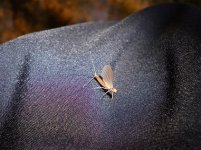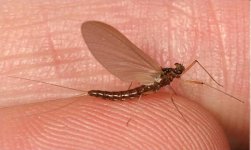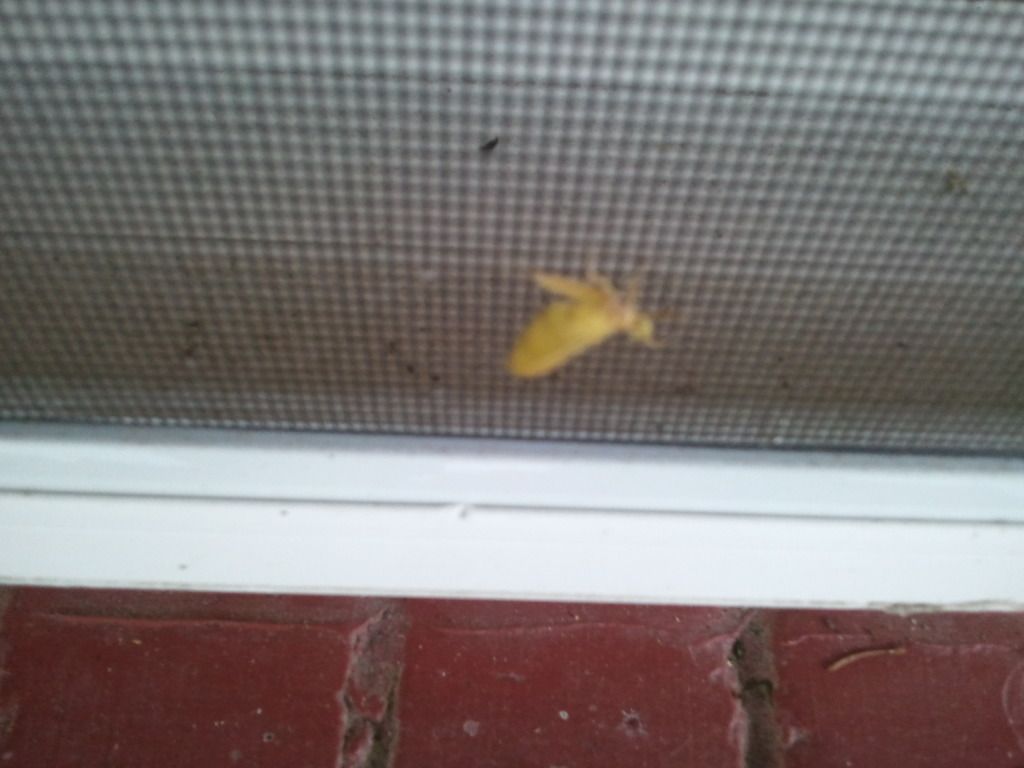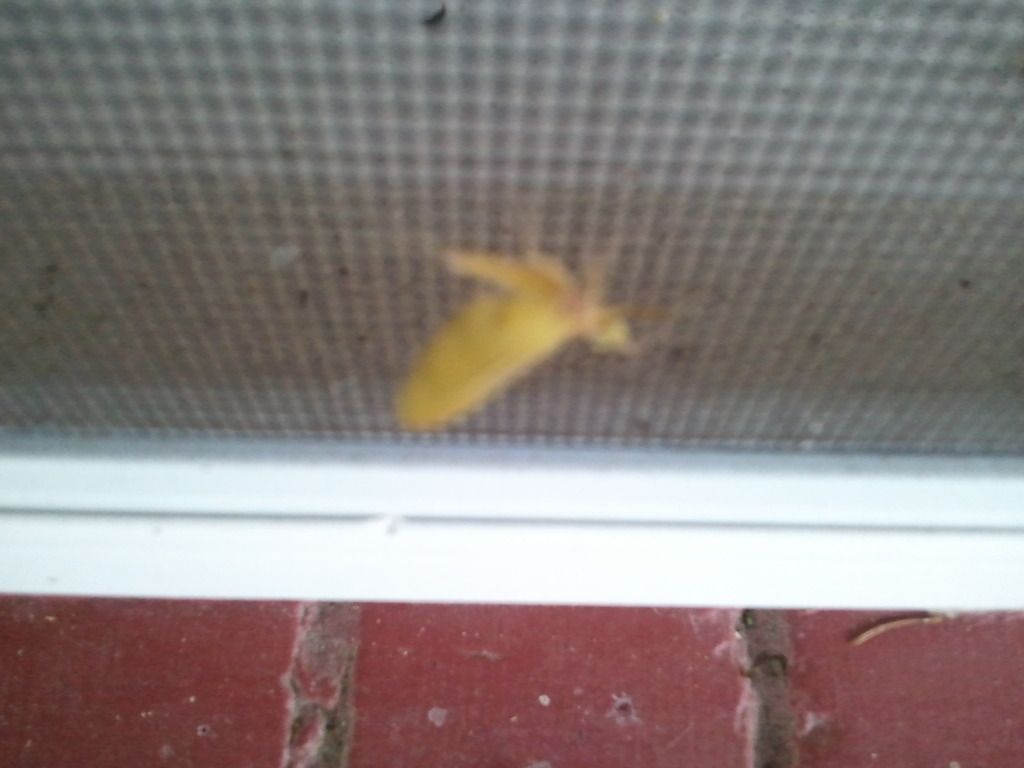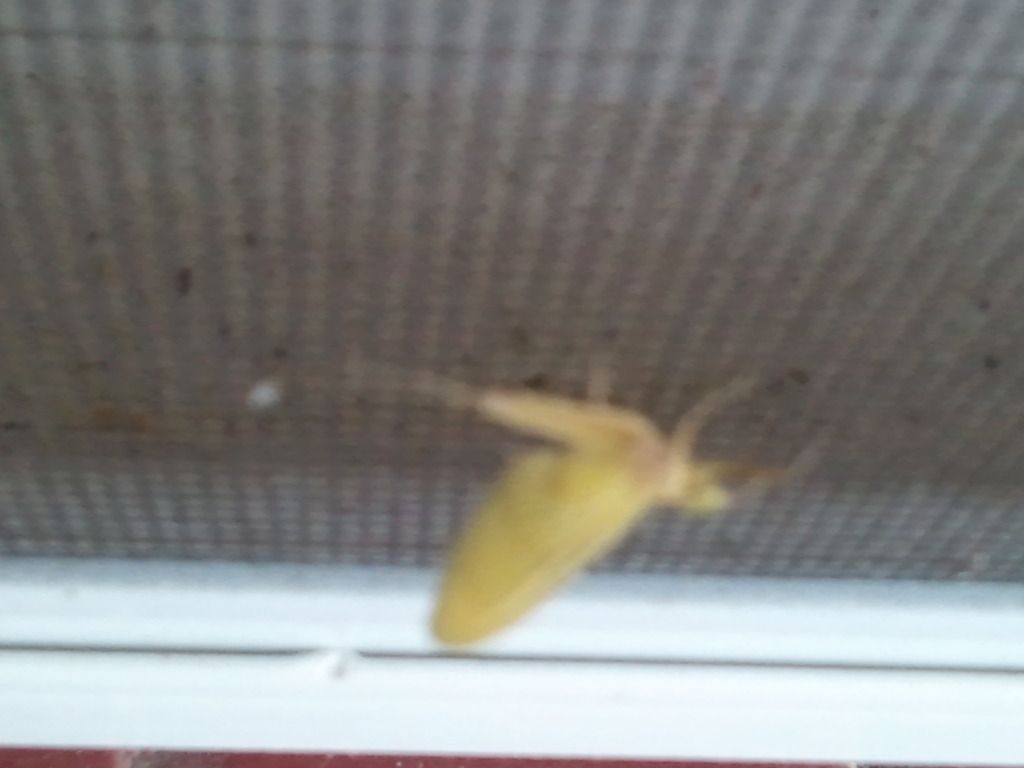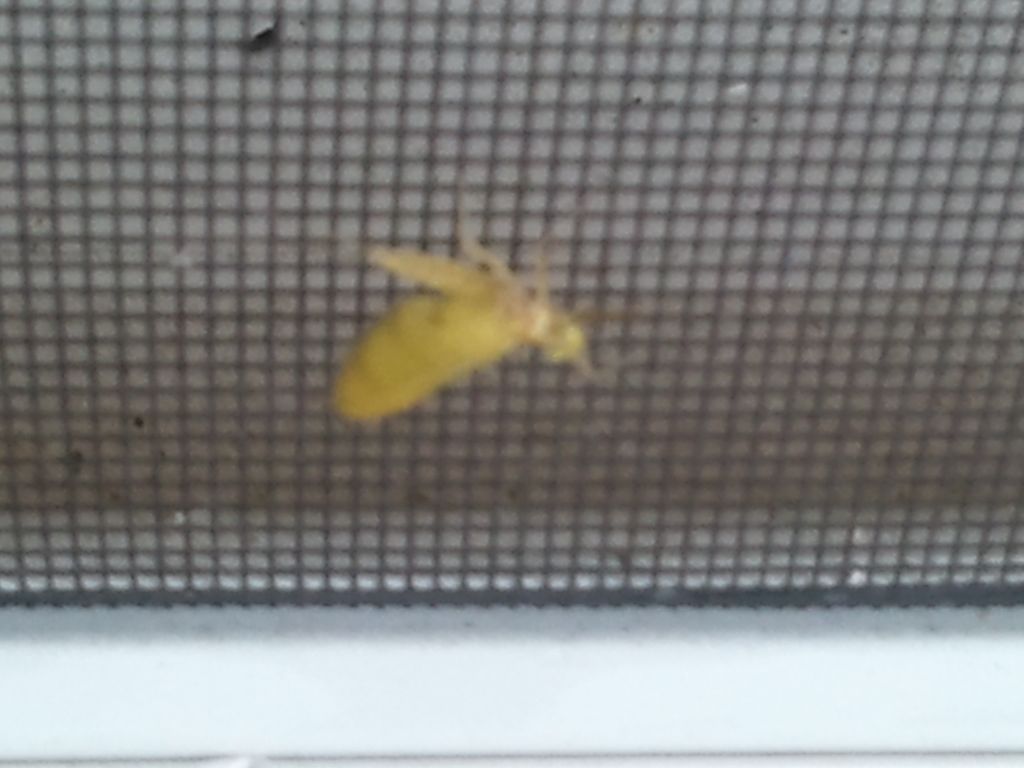wsender,
I rank color WAY down on the list. Coming before that:
1. Timing. Are you seeing the beginning or tail end of the hatch per time of year. What about per time of day? Important to know whether or not to stay that extra hour or two, and whether to return in a week.
2. Spinner behavior. Evening, daytime, overnight? How many hours/days after the hatch? Do they drop eggs from the sky and fall somewhere on shore, or do they fall spent? Does it occur over riffles or pools? Cause, when I see a decent hatch, I'm calculating if and when they will fall in mass to meet em.
3. Hatch behavior. Ok, I saw a bug. Some mayflies crawl to shore and emerge there, like a stonefly. Duns and emergers are pretty much useless for them, but swimming nymphs towards banks can be deadly! Some mayflies break out of their shucks on the bottom, "swim" to the surface, struggle to break through, but once they do they're air-borne. For them, you want to leans towards emergers. For others, the nymph swims to the surface and floats just under the film as it emerges. For them, an emerger is less effective than an unweighted nymph fished in the film. And all bugs float for various amounts of time.
4. Specific location. Does the nymph spend it's time in fast, rocky water, or slow, silty water? When you nymph leading up to the hatch, you choose accordingly. And a lot of times they migrate to hatch, say, a slow water nymph will move to the riffles in the days before emergence. Those are the best nymphing hatches, movement exposes them! Does the hatch occur in tailouts, riffles, etc? What about the spinner fall?
I'd rank all of those above color, personally. Armed with that info, some PT's, and an assortment of various Adams ties, I'll take that over having the right "color" every time.

